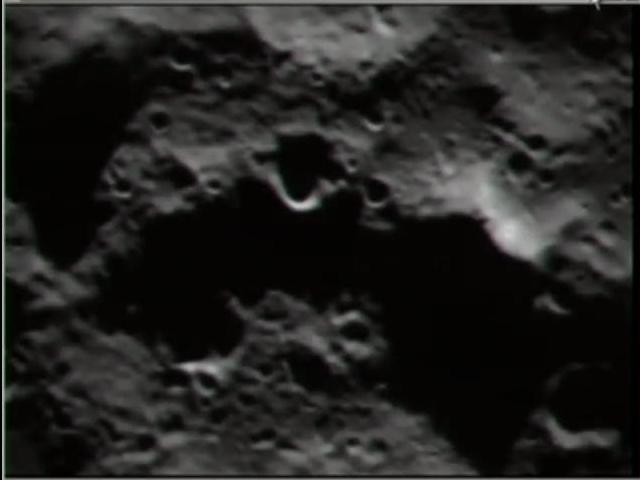The team members who operated the spacecraft's systems say that LCROSS is an example of how good science can be done on a shoestring budget

An observation and sensing spacecraft of the lunar craters, LCROSS, created two crash impacts on the surface of the moon - of the rocket carrying it and of the spacecraft itself in order to try and find water on the moon. The scientists will analyze the data from the spacecraft's instruments to assess whether it also blew water vapor into space. As I remember, the crash was disappointing due to it being weaker than expected and due to this a strong plume of dust and water was not blown up as planned.
The spacecraft covered a distance of about 9 million kilometers in a journey that lasted 113 days and which ended yesterday in the Kabaus Crater, which is located in a permanently shadowed area in the South Pole area of the Moon. The spacecraft was launched on June 18 as a companion to the LRO (Lunar Rover) mission from the Kennedy Space Center in Florida.
"The LCROSS instruments performed well and transmitted a wealth of information that will improve our understanding of the nearest celestial body," said Anthony Colpert, the project's principal investigator at NASA's Ames Research Center in California. "The team translates from the expected dive into the data".
As part of the preparations for the crash, LCROSS separated from the third stage of the rocket that carried it back on Thursday evening at 18:50 local time (Friday 03:50 Israel time). The Centaur rocket flying at a speed of about 2.4 km per second hit the surface of the moon on October 9 at 13:31 Israel time, creating an impact crater that LCROSS observed for a little over 4 minutes and then it too crashed onto the surface the surface.
"This is a big day for science and research," said Doug Cook, NASA's Assistant Administrator for Unmanned Spaceflight at NASA Headquarters in Washington. "The LCROSS data should be an impressive addition to the huge leap in knowledge about the Moon that we have achieved in recent weeks. I would like to congratulate the LCROSS team for the amazing achievement in developing this cheap and efficient spacecraft and overcoming technical difficulties and operational challenges."
Many observatories throughout the Western Hemisphere, as well as space telescopes, led by Hubble of course, observed the two impacts and will supplement the data transmitted by LCROSS. The team estimates that it will take several weeks before they can provide a confident assessment of the presence or absence of water, in the form of ice. Photographs and videos collected by the amateur astronomer community and the general public will also be used to enrich our knowledge about the moon.
"One of the primary goals of the mission is to have as many people watch the impact in as many ways as possible, and we succeeded in that," said Jennifer Haldeman, LCROSS Observations Campaign Coordinator for Ames. "The amount of information obtained at this event is amazing."
According to other researchers who participated in the operation, the project was ambitious, trying to obtain as much information as possible with a meager budget. LCROSS can be an example of how to operate and achieve results using small robotic spacecraft - "big science on a small budget."

6 תגובות
According to photo analysis in the field of micro low probability of water, only amateur information around the world.
Somewhere in the depths of the lunar soil, the operations officer reports to his commanders on land about the reason
to the seismic shock that hit the area where the females and children live and counted the number of victims,
"This time the aliens from Earth exaggerated and attacked us directly without any provocation on our part..
I recommend this time not to hesitate and attack back with the star cracker Nijad13 our latest development.."
The real question is whether it will be possible to conclude from the analysis of the photographs about the presence of water ice on the surface of the moon and in what quantity, or because of the small budget the missile was unable to cause a large enough explosion to draw such conclusions.
The military darkness is not mentioned, but the meaning is that if a missile can be launched from a spaceship to a point on the moon, then it can also be launched to any point on Earth
"The Centaur rocket that flies at a speed of about 2.4 km/h"
I think you meant to write 2.4 km per second.